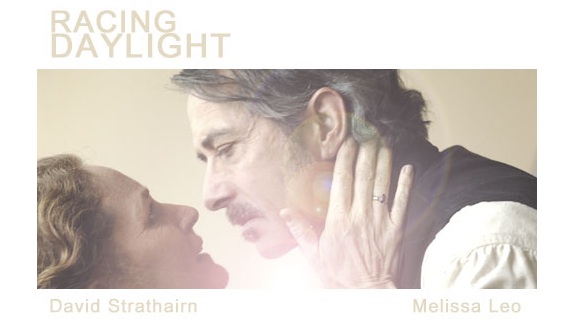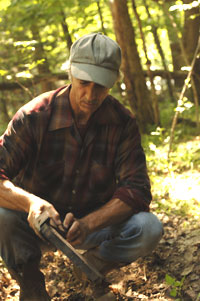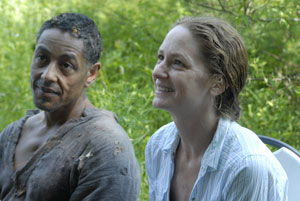
image:http://en.wikipedia.org/wiki/File:New_York_Seventh_1861.jpg
http://chnm.gmu.edu/lostmuseum/lm/272/
This 850 word essay describes New York during the Civil War, a city where antiwar sentiment mixed with entrenched class and racial tensions. In the summer of 1863, the Union military draft sparked four days of rioting unprecedented in American history.
While the Civil War pitted North against South, some locations confounded that stark regional split. New York was one of those places, a city of divided loyalties and complex class, racial, and economic interests. While most New Yorkers supported the war at its outset, significant forces urged conciliation with the Confederacy. From Wall Street financiers, to commercial shippers, to merchants selling manufactured goods to a South that produced little of its own, the New York City economy depended heavily on southern cotton. In response to the divisive Compromise of 1850, a group of merchants formed the Union Safety Committee, which pledged “to resist every attempt to alienate any portion of our country from the rest.” During the war years, Mayor Fernando Wood, a “Peace Democrat,” led opposition to the war in the city, which grew as the wartime economy floundered and casualties mounted.
By 1860, one of every four of New York City’s 800,000 residents was an Irish-born immigrant. While many labored in several of the city’s skilled trades, the vast majority of Irish immigrants worked as unskilled laborers on the docks, as ditch diggers and street pavers, and as cartmen and coal heavers. In several of these occupations they competed directly with African-American workers. African Americans had lived and worked in New York City--some as slaves, some as free people--since well before the Revolutionary War, and had established churches, newspapers, literary societies, and free schools. Black workers lived in close proximity to white workers in racially mixed communities that dotted the lower half of Manhattan.
When the Civil War began in 1861, large numbers of New York City’s white workers did not embrace the fight to preserve the Union. Many resented the war effort, which brought economic hardship and increasing unemployment to working-class neighborhoods. Competition for jobs between Irish and black workers, already intense before the war, increased dramatically, and racial tensions mounted in work places and in working-class neighborhoods throughout the city. Among New Yorkers, African Americans and middle-class and wealthy Republicans tended to support abolition; most of the white working-class did not, fearing competition for jobs from thousands of newly emancipated slaves.
On January 1, 1863, President Abraham Lincoln issued the Emancipation Proclamation, freeing all slaves in the rebellious Confederate states. The proclamation transformed the North’s reason for fighting the Civil War. By summer 1863, the Union army, which had been entirely white when the war started, began recruiting African-American soldiers, who would soon be fighting and dying to defend the Union and to destroy the institution of slavery.
But the North’s sagging military fortunes did not immediately change with these developments. In late spring 1863, Confederate forces, led by General Robert E. Lee, invaded the North through Virginia’s Shenandoah Valley. Thousands of Union troops, many volunteers from New York City, rushed to Pennsylvania to defend the Union. Fear swept New York City; if the Confederate army prevailed at Gettysburg, Pennsylvania, southern troops could potentially invade the defenseless city within a matter of days.
Though Union forces ultimately prevailed at Gettysburg and drove the Confederate army back into the South, tensions remained high in New York City, largely as a result of the imminent enforcement of the National Conscription Act. Passed by Congress in March 1863, the act made all single men aged twenty to forty-five and married men up to thirty-five subject to a draft lottery. In addition, the act allowed drafted men to avoid conscription entirely by supplying someone to take their place or to pay the government a three hundred-dollar exemption fee. Not surprisingly, only the wealthy could afford to buy their way out of the draft.
The National Conscription Act exacerbated long-simmering class tensions and the deprivations brought on by wartime inflation; it was especially unpopular among the city’s immigrant white working class. When it was enacted on July 11, 1863, it touched off the worst rioting Americans had ever seen. People and buildings representing Protestant missionaries, Republican draft officials, war production, wealthy businessmen, and African Americans suffered the worst of the crowds’ wrath, and after four days more than 119 New Yorkers were dead. Soon after the riots were quelled by federal troops, the northern war effort finally started to bear fruit and the city’s economy rebounded (aided by the re-legalization of the cotton trade with the rebel states).
But wartime anxiety was not quite finished for New Yorkers. In October 1864, local Copperheads (northern Confederate sympathizers) met with Confederate secret agents to plan uprisings in several northern cities on the upcoming election day. That plan was quashed by federal troops, and the Copperheads, sensing that the Confederates were destined to lose the war, withdrew from the scheme. But Confederate agents proceeded with their plan, and on the night of November 25th, the conspirators set fires in ten downtown hotels and in the American Museum, Niblo’s Theater, and the Winter Garden. In each case the fires were quickly extinguished, and the culprits escaped to Canada. Only one of the conspirators, Robert Cobb Kennedy, was subsequently captured after re-entering the United States; he was later tried and executed.







